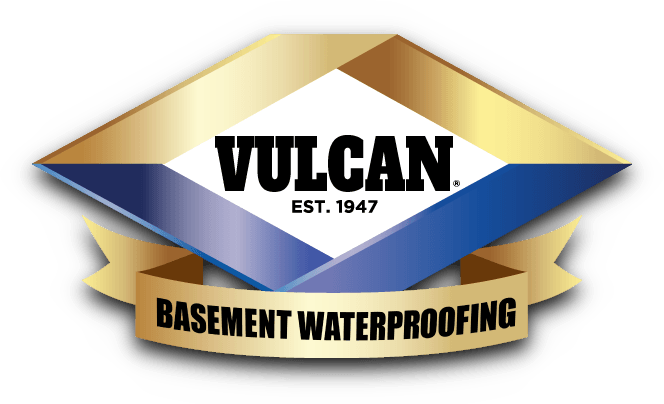What is Mold
Mold is natural and exists almost everywhere indoors or out. Mold thrives in damp and humid environments. Molds are fungi and as they grow they release spores into the air, which when inhaled, can make people sick. When molds metabolize, they release microbial volatile organic compounds (MVOCs). MVOCs are gases which are basically the waste product produced by mold as it grows, which can irritate the eyes, the respiratory system, and cause very unpleasant odors in the basement and in the upper levels of the home.
Mold spores may get into your home through open doorways, windows, heating, and air conditioning systems with outdoor air intakes. Spores in the air outside also attach themselves to clothing, shoes, bags, and pets. Once a mold spore drops on places where there is excessive moisture, such as many basements, they will grow. Wet cellulose materials, including paper and paper products, cardboard, ceiling tiles, wood, and wood products encourage many types of mold to grow. Other materials such as dust, paint, wallpaper, insulation, drywall, carpet, fabric, and upholstery, easily support the growth of mold.
Why is exposure to mold a problem
Mold exposure can cause quite a variety of symptoms, especially allergic reactions such as sneezing, congestion, runny nose, and itching watery eyes — even skin irritations. Molds often trigger asthma attacks and can cause serious problems for people with weakened immune systems, such as a variety of infections. Many of the molds most typically found indoors are capable of producing mycotoxins under the right conditions.
Mold gradually destroys the things it grows on.
Most common indoor molds
- Penicillium
- Cladosporium
- Aspergillus
- Alternaria
How to get rid of mold
Mold growth can be slowed down by keeping humidity levels below 55%. The use of dehumidifiers and air conditioners will make a huge difference.
A number of commercial and natural products can be used to remove mold from hard surfaces.
Use exhaust fans and proper ventilation in the home and especially in the basement.
Clean bathrooms and kitchens with mold killing products.
Don’t use carpeting in bathrooms and basements – ever.
What is the difference between mold and mildew?
Mold and mildew are both fungi and their spores are always flying through the air. Basements often provide perfect growing conditions for both as they thrive in humid, damp conditions. Mildew is commonly gray or white. Mold is usually black, red, green, brown, or a combination of these colors.
Musty basement odor
Mildew is famous for causing that familiar musty basement odor. Getting rid of mold and mildew, along with installing some type of basement ventilation system, will help stop the odor but most important is getting rid of what is causing the mold and mildew — the moisture in the basement. If your basement continually gets wet, you likely need to have a French drain or pressure relief system installed.
Contact us for a free home inspection and consultation by a Vulcan Basement Waterproofing specialist.


Trackbacks/Pingbacks